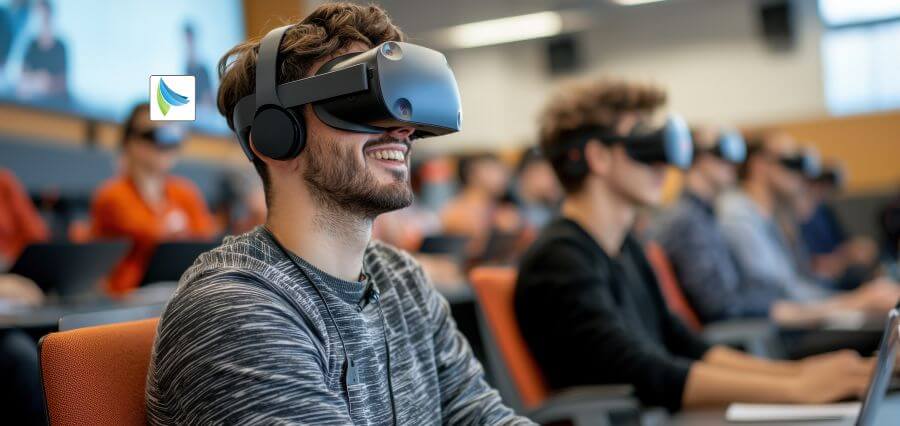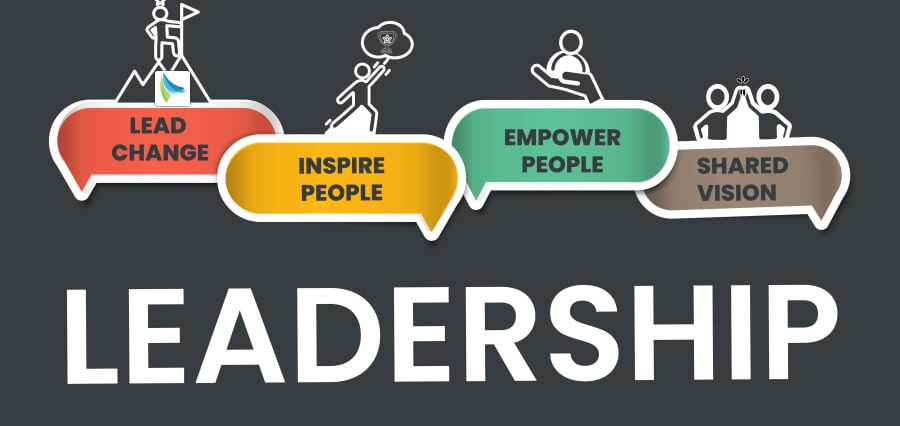In an era being reshaped by digital disruption, the usage of Educational Technology (EdTech) has been at the forefront when it comes to being a platform through which the delivery, accessibility, and learning experience of education are being overturned in their very essence. This was the age of intense classroom settings; the new learning settings of the new age are now firmly defined by the effortless meshing of technology that assist the teacher and invigorates the student in a meaningful manner. From the elementary schools to the colleges and universities, the use of EdTech tools is no fad—it’s a sensible imperative to meet the changing requirements of 21st-century learners. The potential of EdTech is so much higher than merely digitizing content or substituting tablets for textbooks.
This article outlines how cutting-edge EdTech solutions are transforming the classroom of today, equipping teachers and learners, and creating a more sustainable and equitable education tomorrow.
Revolutionizing Classroom Learning with Innovation
Adoption of Education Technology (EdTech) in the classroom of today is revolutionizing the traditional school layout and adopting a more interactive, dynamic, and student-learning focused space. With the age of digital evolution at schools’ doors at light speed, schools are adopting newer technologies for enhancing how teaching is performed and fulfilling rising demands for differential and adaptive learning experiences. This is due to the fact that today’s students need more than just memory-based rote learning—students need learning critical thinking, teamwork, creativity, and computer literacy to thrive in the global arena. One of the most spectacular success stories of EdTech is how it delivers personalized learning pathways that are customized according to the specific needs of every individual student.
Unlike the classical pedagogy that used the principle of single-size-fits-all, emerging learning systems use data analytics and continuous testing to identify gaps in knowledge and accordingly modify content. Individualized support is provided to students, and they acquire learning at their own pace. Learning management software, learning software with game elements, and interactive whiteboards are integrated into the learning environment, synchronous and asynchronous capabilities. These systems allow instructors to deliver content in various modalities, accommodate more than one means of learning, and engage more emphatically with learners.
Enabling Educators and Learners with New Technologies
The speeding-up of development of new technologies such as artificial intelligence, machine learning, and virtual/augmented reality are also freeing EdTech potential. They should not substitute teachers but support them by freeing up time for duplicated work, enabling enhanced instruction, and enabling greater individualization. AI-driven tutor software, for example, can mimic one-to-one instruction by examining the pupils’ responses and offering personalized feedback. This form of individualization is especially useful to fast-track students or students requiring additional support. Speech and natural language processing technology are also being used in language and literacy acquisition to great effect.
This kind of program can compare writing, reading, and speech at the same time and offer constructive feedback that enables learners to keep on improving. In science and mathematics, computer simulation software for problem-solving guides students through theoretical ideas by breaking them down into concrete steps, making abstract ideas concrete, and simplifying them to make them easy to grasp. And yet, another revolutionary aspect of modern EdTech is that it incorporates virtual reality (VR) and augmented reality (AR) in real-time learning.
Building an Equitable and Balanced EdTech Future
With the development of EdTech, technology should be used so that technology reaches all human beings regardless of whether he or she is poor or wealthy, abled or disabled. Either one of these products imposing a diverse, inclusive, and balanced classroom punishments. This is done through the development of digital materials consumed through the use of assistive technology, supporting a variety of languages, and being accessible on a variety of devices. Off-line support is primarily essential for students residing in regions where internet access is weak enough so they continue learning even when it is unavailable.
Closing the digital divide will require collaborative effort from policymakers, instructors, and technology engineers to coordinate. Governments and schools will need to prioritize investment in infrastructure, provide access to low-cost hardware, and make policies favoring fair use of technology. Public-private sector collaboration through interagency action has the capacity to propel innovation and keep one’s eyes open for design ethics and user-centric development. Such collaborations also play a central role in setting guidelines for data privacy and ensuring that student data is processed with transparency and foresight. Sustainability is another key consideration for sustained EdTech use.
Conclusion
The advent of EdTech solutions is revolutionizing the learning process by enhancing the pedagogy and classroom teaching-learning of students and teachers, respectively. By leveraging the power of intelligent tools like artificial intelligence, virtual reality, and learning modules, schools are being customized to the unique needs of individual students, made interactive, and inclusive. These technologies are not an afterthought but a central part of a redesigned education system better able to prepare students to thrive in the new digital economy. But only if all these solutions are to be as close to optimum as is feasible will stakeholders have to adapt to accessibility, sustainability, and continued professional development.











